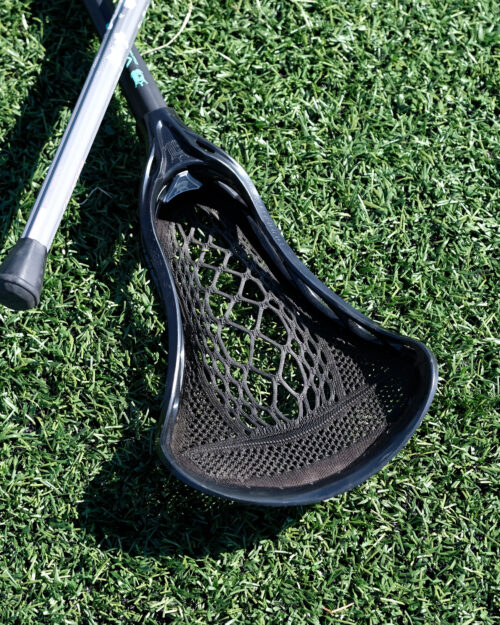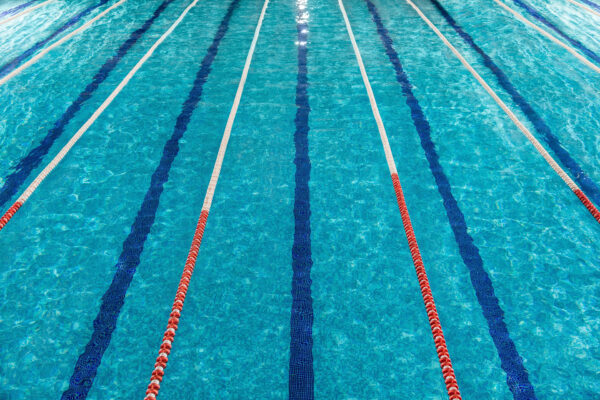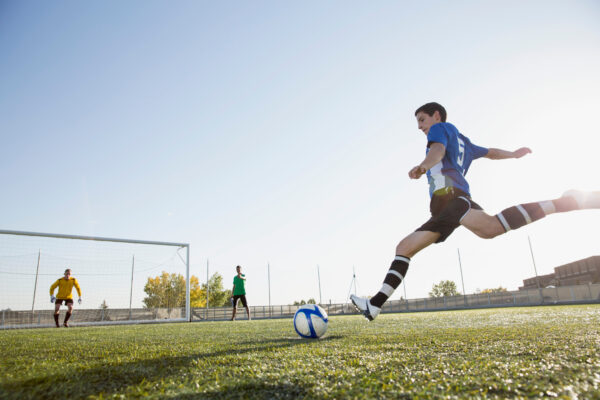July 18, 2023

By: AEOP Membership Council Member Isabella Becraft
Sports are a favorite pastime for people of all ages, but do you know how important math is to sports? Understanding how math relates to sports can help athletes improve their game and give spectators a better appreciation for math.
I am a competitive swimmer, lacrosse player, and soccer player, and I wanted to see how math plays into these sports. Here’s what I found.
Lacrosse
Math is used in lacrosse in many ways. For example, the angle you shoot at determines where the ball goes. Shooting at the correct angle will determine if the ball successfully enters the net. Also, knowing the area inside the net is important to gauge how much space there is and where the ball could go to score a goal.
 Swimming
Swimming
Math is also used in swimming, including distance, stroke cycles and time. The distance can be calculated in either meters or yards, depending on the pool you’re swimming in. Yards and meters can be converted to the opposite measurement. Converting the distance is a process in which you use math – when you have your time in meters, you need to multiply this value by 1.0936, and you will find your new time in yards.
When you swim a lap, you take a certain amount of stroke cycles. Competitive swimmers count the number of stroke cycles per lap; they divide their final time by their number of strokes to calculate time per stroke. Time is extremely important in swimming to record the number of minutes and seconds it takes to complete an event. Time can be measured with a timer or by using a touchpad in the pool, wired to a scoreboard that shows your time. The touchpad is the most accurate time measurement vs. a manual timer.
Soccer
In soccer, math is often used to rank players, win penalties, calculate the optimal angle for a throw-in, keep a score system and
measure dimensions of the pitch. The standard shape of the soccer ball is made from tessellation, 2D shapes and angles. The soccer ball is made from 12 black pentagons and 20 white hexagons, all of which are regular. On a standard soccer ball, the 2D shapes are tessellated together to leave no gaps between them. The pentagons and the hexagons must have an equivalent length of sides, and for all shapes to tessellate, the angles on the corners must add up to 360 degrees.
An optimal throw-in angle is around 30 degrees to maximize the distance of the throw-in. There are soccer strategies that use geometry in real-time to create space and beat defenders. These strategies apply a systems approach to soccer, based on team cohesion and an understanding of the area of a soccer field. The soccer players try to form triangles all around the pitch to maintain ball possession, making it difficult for the opponent to obtain the ball and organize their game.
How is math used in your favorite sport?
Find a Volunteering Opportunity
Visit our Program Volunteers page for a tool to find the best opportunity for you.
eCYBERMISSION Mini-Grant
The eCYBERMISSION Mini-Grant is intended to support teachers/program leaders as they implement eCYBERMISSION with their teams. Educators (formal and informal) of students in grades 6-9 are encouraged to apply.
